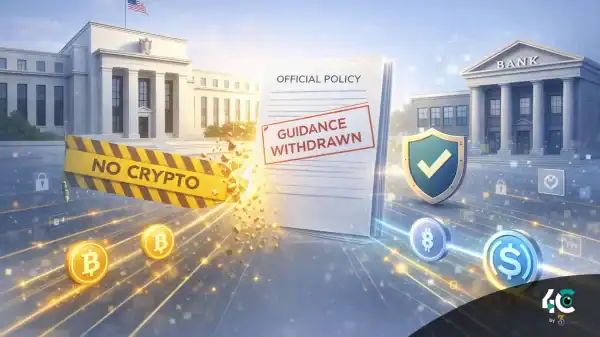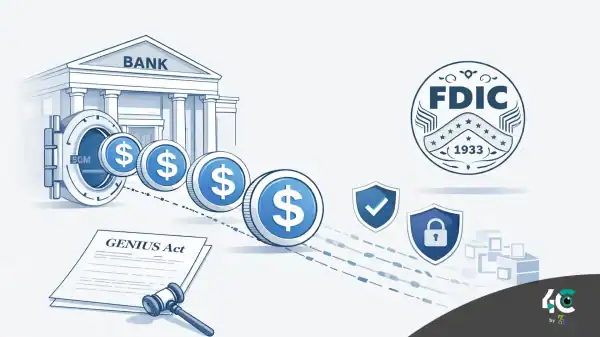Iran’s Ayandeh Bank Collapse Sparks Financial Shockwave Across the Nation
In a dramatic turn for Iran’s already fragile economy, Ayandeh Bank, one of the country’s largest private lenders, has declared bankruptcy — impacting more than 42 million customers and shaking public confidence in the nation’s financial system.
The news broke after the Central Bank of Iran (CBI) failed to rescue the struggling lender, forcing it into liquidation. Ayandeh Bank, which operated 270 branches nationwide, had amassed $5.1 billion in losses and nearly $3 billion in debt, according to reports from Iran International.
The state-owned Bank Melli Iran has since absorbed Ayandeh’s remaining assets, a move intended to stabilize deposits and prevent a wider banking contagion.
Central Bank Promises Repayment — But Trust Is Shaken
CBI Governor Mohammad Reza Farzin assured customers their savings would be recoverable immediately. However, experts warn that the crisis underscores the systemic risks of Iran’s debt-heavy, state-controlled banking model, where banks rely on fractional-reserve banking and government bailouts to stay afloat.
The situation echoes global financial collapses — and even mirrors one of Satoshi Nakamoto’s key motivations for creating Bitcoin, which famously included a message in its genesis block referencing government bank bailouts.
Also Read : Lise’s Tokenized Stock Exchange Will Revolutionize the IPO Market in Europe
Bitcoin’s Relevance Rises as Trust in Banks Declines
Financial instability has often been a catalyst for Bitcoin’s growth, and this crisis could be no different. When Silicon Valley Bank, Signature Bank, and Silvergate Bank collapsed in early 2023, Bitcoin surged from below $20,000 to over $29,000 in a matter of weeks as public faith in traditional banks eroded.
Analysts note that similar conditions — declining trust, tightening liquidity, and government intervention — are emerging in Iran’s financial landscape. A Morningstar report cited by Reuters earlier this month revealed that regional U.S. banks remain under financial stress, despite increasing reserves since 2023 — highlighting a global pattern of fragility across traditional finance.
Eight More Iranian Banks at Risk of Collapse
Ayandeh’s failure may not be an isolated incident. The Central Bank of Iran has already warned that eight additional domestic banks face potential dissolution unless they implement immediate reforms.
The sector’s troubles have been worsened by international sanctions, which have cut Iran off from global banking networks and restricted U.S. dollar transactions — amplifying liquidity pressures while the Iranian rial continues to lose value.
Adding to the financial turbulence, the country’s cryptocurrency ecosystem is also under strain. In June, Nobitex, Iran’s largest crypto exchange, suffered an $81 million hack, one of the biggest in the region’s history.
Could Decentralized Finance Offer a Way Out?
As tensions rise and trust erodes, both citizens and investors are left asking: could decentralized finance (DeFi) offer a more resilient alternative to Iran’s collapsing banking system?
The crisis serves as a stark reminder of the vulnerabilities within centralized banking, while reinforcing Bitcoin’s original ethos — to provide a transparent, censorship-resistant financial system, independent of government failures.


































